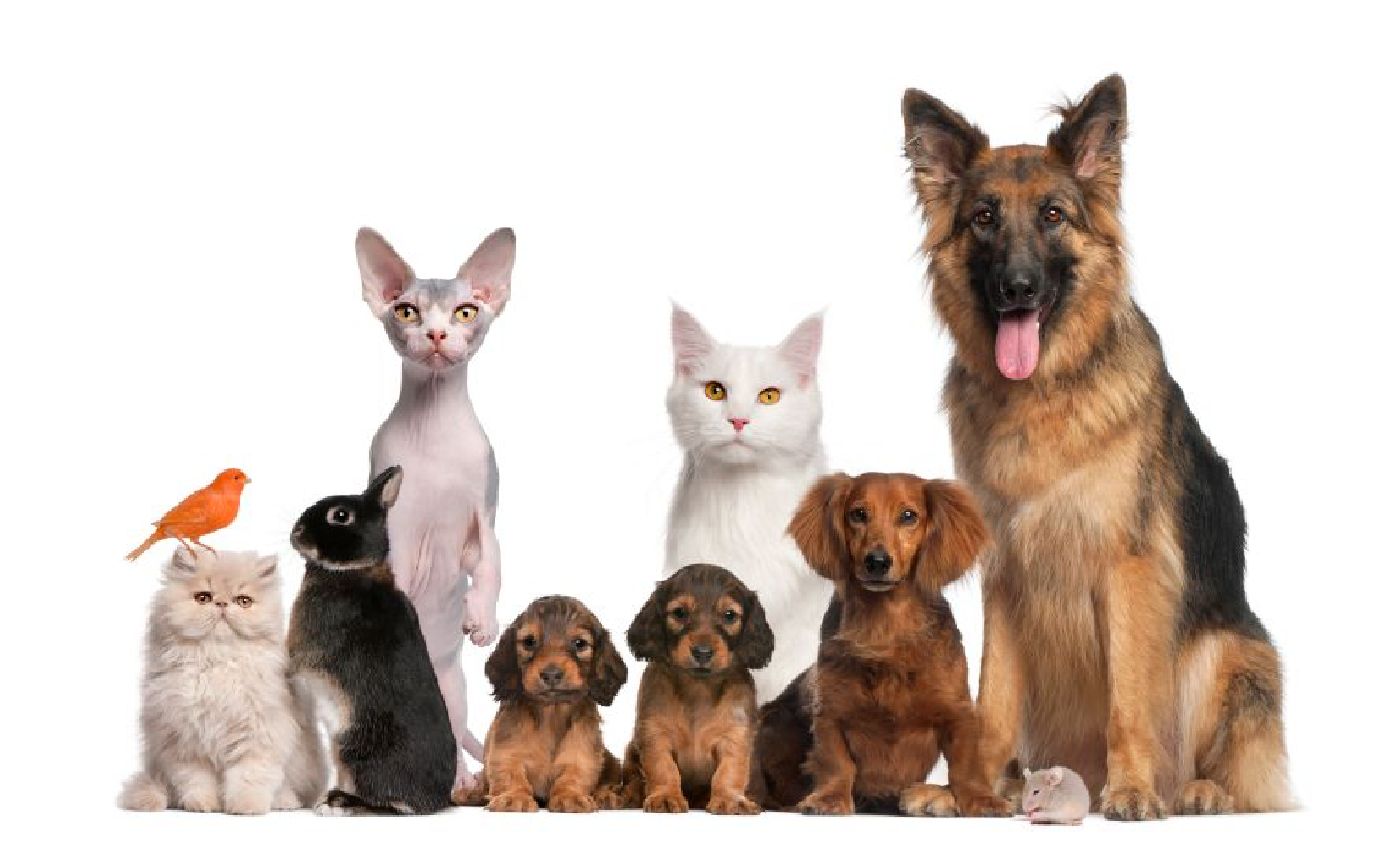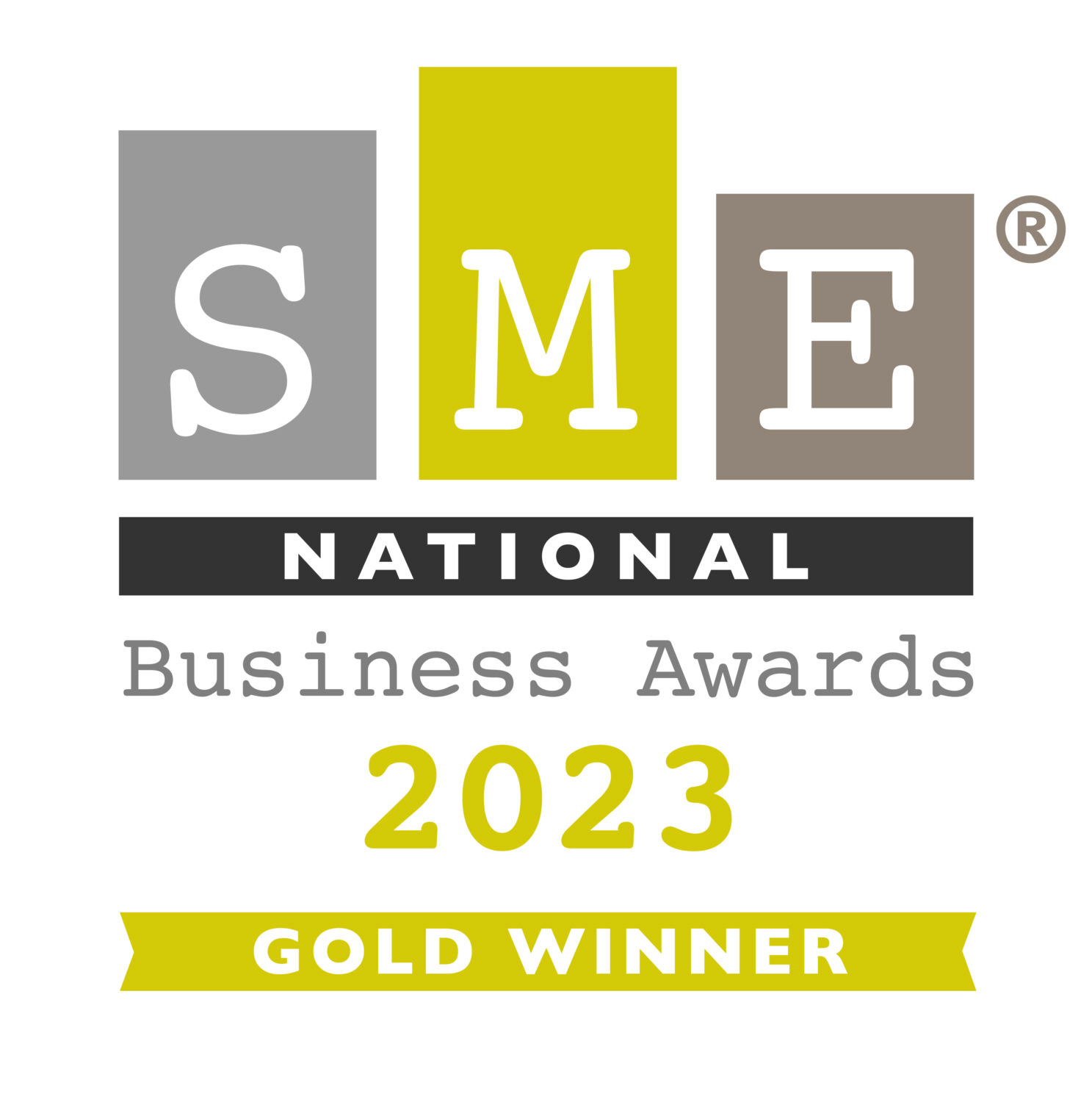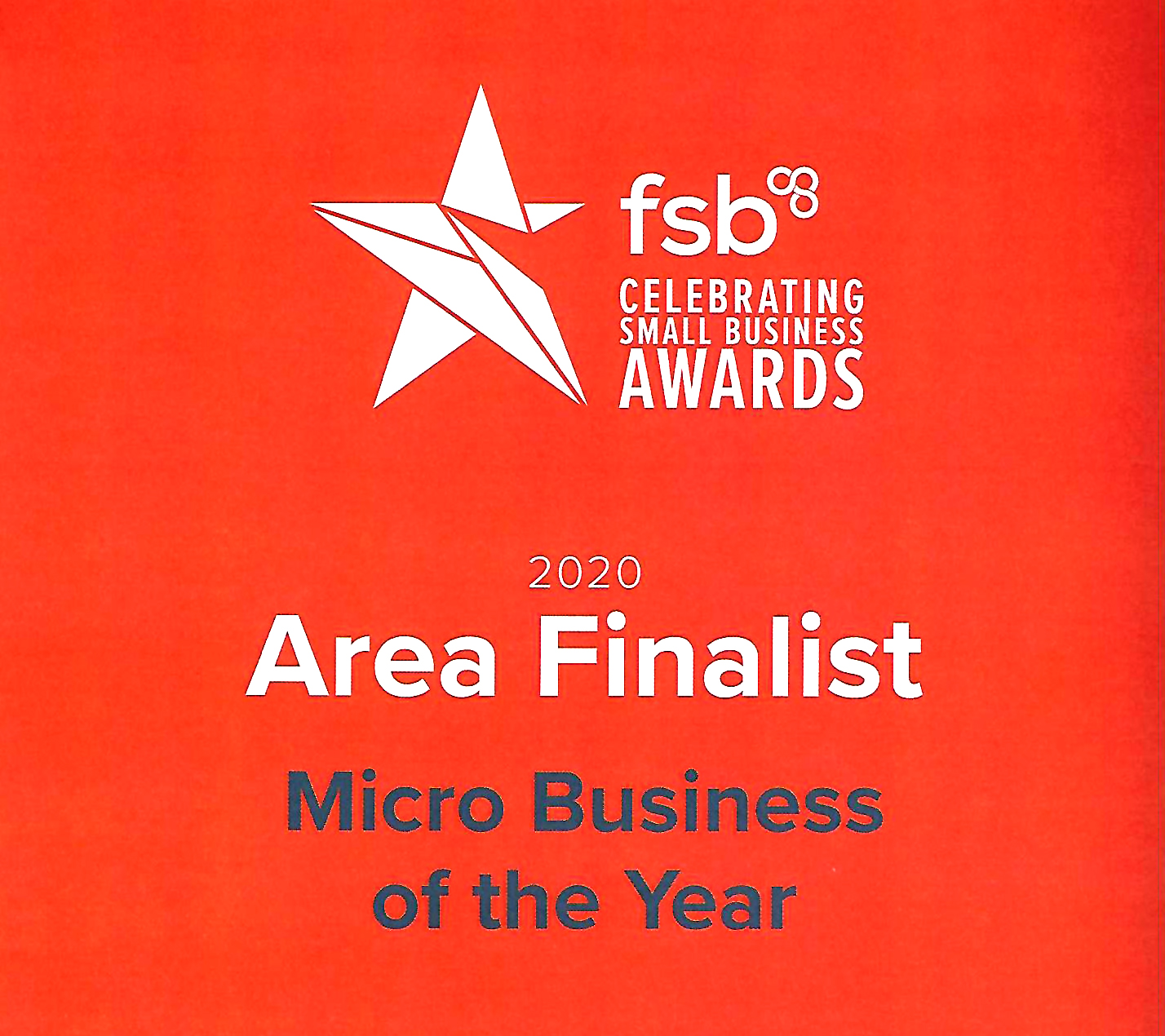
Home » 📊 The ROI of Pet Influencer Marketing: Measuring Success in the B2B World 📈
📊 The ROI of Pet Influencer Marketing: Measuring Success in the B2B World 📈
In today’s digital age, businesses are constantly seeking innovative and effective ways to reach their target audience. One such avenue that has gained significant traction is pet influencer marketing but the effectiveness of these partnerships needs to be measured and quantified. In this blog post, we delve into the world of B2B pet influencer marketing and explore how businesses can gauge their return on investment (ROI) by identifying and tracking key performance indicators (KPIs).
The Power of Pet Influencer Marketing in B2B
Before diving into KPIs, it’s essential to understand why B2B companies are increasingly turning to pet influencer marketing. The appeal lies in the emotional connection that pets evoke. Regardless of the industry, professionals are people with personal lives, and many of them are pet owners. By associating their products or services with beloved pets, B2B brands can humanise their image and create a relatable narrative.
Measuring Success with KPIs
To determine the effectiveness of a pet influencer marketing campaign, businesses must establish clear KPIs that align with their objectives. Here are some key metrics to consider:
- Engagement Metrics: These include likes, comments, shares, and overall interaction with the content. Higher engagement rates indicate that the pet influencer’s audience is actively engaging with the brand’s message.
- Reach and Impressions: Tracking the number of people who have seen the content and how many times it was viewed can provide insights into the campaign’s reach and exposure.
- Website Traffic: Monitoring the increase in website visits attributed to the campaign helps evaluate whether the influencer’s audience is taking desired actions.
- Lead Generation: B2B companies can track the number of leads generated through the influencer campaign, assessing the quality and conversion potential of these leads.
- Social Media Follower Growth: If increasing the brand’s social media presence is a goal, monitoring follower growth on relevant platforms can be a valuable KPI.
- Sales and Conversions: Ultimately, B2B companies should assess whether the influencer campaign contributes to increased sales or conversions. Tracking the number of conversions and the revenue generated directly from the campaign is vital.
- Brand Sentiment and Reputation: Analysing sentiment around the brand and monitoring online reputation can help gauge how the influencer campaign impacts brand perception in the B2B space.
- Cost-Per-Action (CPA): Calculating the cost associated with each desired action (e.g., saves, link clicks or website visit) provides campaign efficiency.
- Return on Investment (ROI): ROI is a comprehensive metric that considers the campaign’s cost and the revenue generated. A positive ROI indicates that the campaign is profitable, while a negative ROI suggests a need for adjustment.
Iterating and Optimising
After analysing the chosen KPIs, B2B companies should use the insights to iterate and optimise their pet influencer marketing strategies. This could involve refining the content, adjusting targeting, or even seeking out new influencers who better align with their goals.
In conclusion, pet influencer marketing is a promising avenue for companies to humanise their brand and connect with their audience. By defining and tracking relevant KPIs, businesses can measure campaign success, make data-driven decisions, and achieve a positive ROI. Ensuring that your investment in pet influencer marketing delivers tangible results in the B2B world.
































